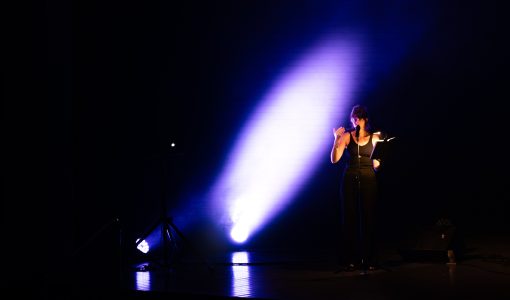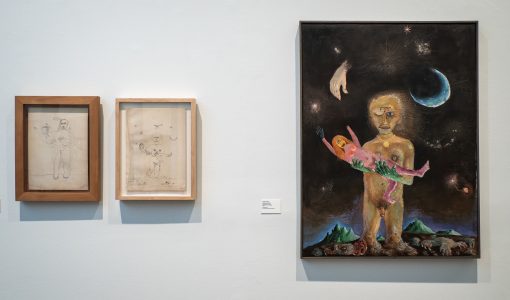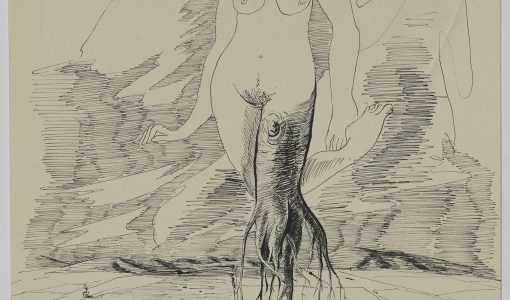Àngel Jové. De intactu
19.03.2026 – 27.09.2026

The first major retrospective on Àngel Jové (Lleida, 1940 – Girona, 2023), this displays a significant part of his work in order to provide a more intimate space around his figure, revealing an artist who avoided the conventional institutional frameworks of museums. Considered one of the most enigmatic artists of the seventies, Jové shifted between arte povera, informalism and conceptualism. His multidisciplinary work consists of pieces that move between image, poetry, the word, matter and objects. His creations offer a space for resistance through visual language, questioning the social regimes of western societies. Jové is also known for having created, together with Antoni Llena, Sílvia Gubern and Jordi Galí, the first audiovisual artwork in Spain, Primera muerte [First Death] (1969).
The exhibition is structured around a beating centre, mapping Jové’s works in a linear but anachronic way, as inter-related constellations that place present, past and future in dialogue. Drawings, photographs, films, sculptures and endless series create a unique universe, an interdisciplinary space that speaks of minimal gesture, of the fragility of being and of the systems that oppress human existence. The exhibition will take up two floors—the main one and level -2—to give a broad view of Jové’s work. The main space works as a core from which all his works radiate, while the lower floors are seen like an archive.
Design also formed part of Jové’s work: he created Vinçon lamps, which were highly popular in the nineties, and he helped to set up the alternative venue Zeleste, on the Montcada Street in Barcelona, a landmark of the artistic and musical post avant-garde in the city. Jové is also believed to have designed the illuminated sign of Zeleste, consolidating his presence in the dialogue between art and design. The exhibition will be accompanied by a publication with contributions by the curator, Enrique Vila-Matas and Jesús Martínez Clarà, among others.
Àngel Jové, Untitled, Sèrie Metafísica, 1975. © Collection Rafael Bartolozzi, 2025
Dates
19.03.2026 – 27.09.2026
Curated by
Maria Josep Balsach
Price
General entrance: 12.00 €
Certified students and people over 65: 8 €
More information












